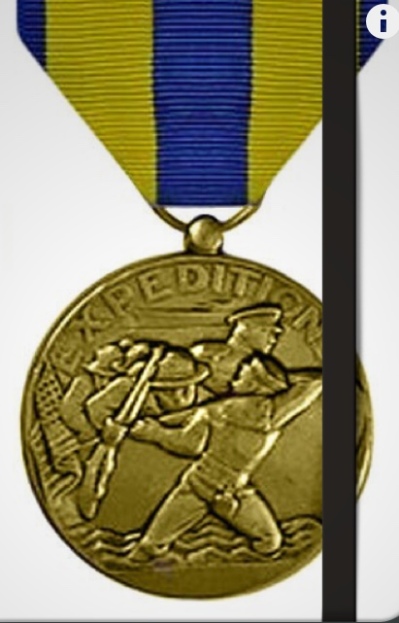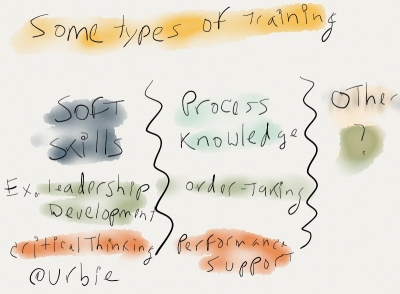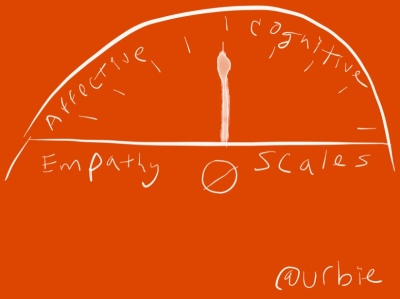PROLOGUE
"To all whom see this presents, greetings." -- Introductory text contained in my US Navy Expeditionary Medal citation.
 |
| US Navy Expeditionary Medal |
EXPEDITIONARY
A long time ago in a land far, far away I went on an expedition. It was challenging and, decades later I can say this, fun. Recently I've gone on a few more expeditions of the professional development variety. Some of these, trips to EdCamps in other states for example, require me to travel a long way. Others I can complete using my iPad. One of the latter I finished a few minutes ago: reading @quinnovator's Learnlet blog. In it he discussed, with Dr. Will Thalheimer, instructional design tools, processes, and challenges.
My takeaway from this Learnlet is the tendency of today's Learning and Development (L&D) infrastructure and tools to dictate how training is designed. Some times these strategies are effective and other times designers should consider taking a trip to learn how others are approaching their work.
METTLE
One topic discussed in the blog got my ideation juices flowing: spaced learning. Learners are introduced to a bit-o-content for a brief time then go on to another topic. Some time later they return to the first topic and take the learning a little deeper.
 |
| Artifacts learners can produce during training |
I outlined how I like to design spaced learning experiences in the sketch above. Ideally they involve learners in small teams of no more than three. They learn a little of this and then a little of that. Along the way the learners create a tangible artifact from what they learned. In a soft-skills leadership development program this could be a table of scenarios they might encounter later on the job. It would help them work towards a solution more efficiently.
Some benefits of this sort of spaced training include:
- Not being tethered to a learning space they can move around and manipulate materials on hand to prototype ideas. This lends itself to elearning and collaboration.
- Learning from others perspectives.
- Forming relationships with peers that may continue after the training. With some additional support they could form communities of practice.
- Having a tool that helps them get started when they begin to apply on the job what they learned.
Another name for these artifacts is performance support tools. You're probably applying bits and pieces of this strategy today.
EPILOGUE
The journey doesn't end here. What are your thoughts on applying spaced learning in your instructional design practice?

